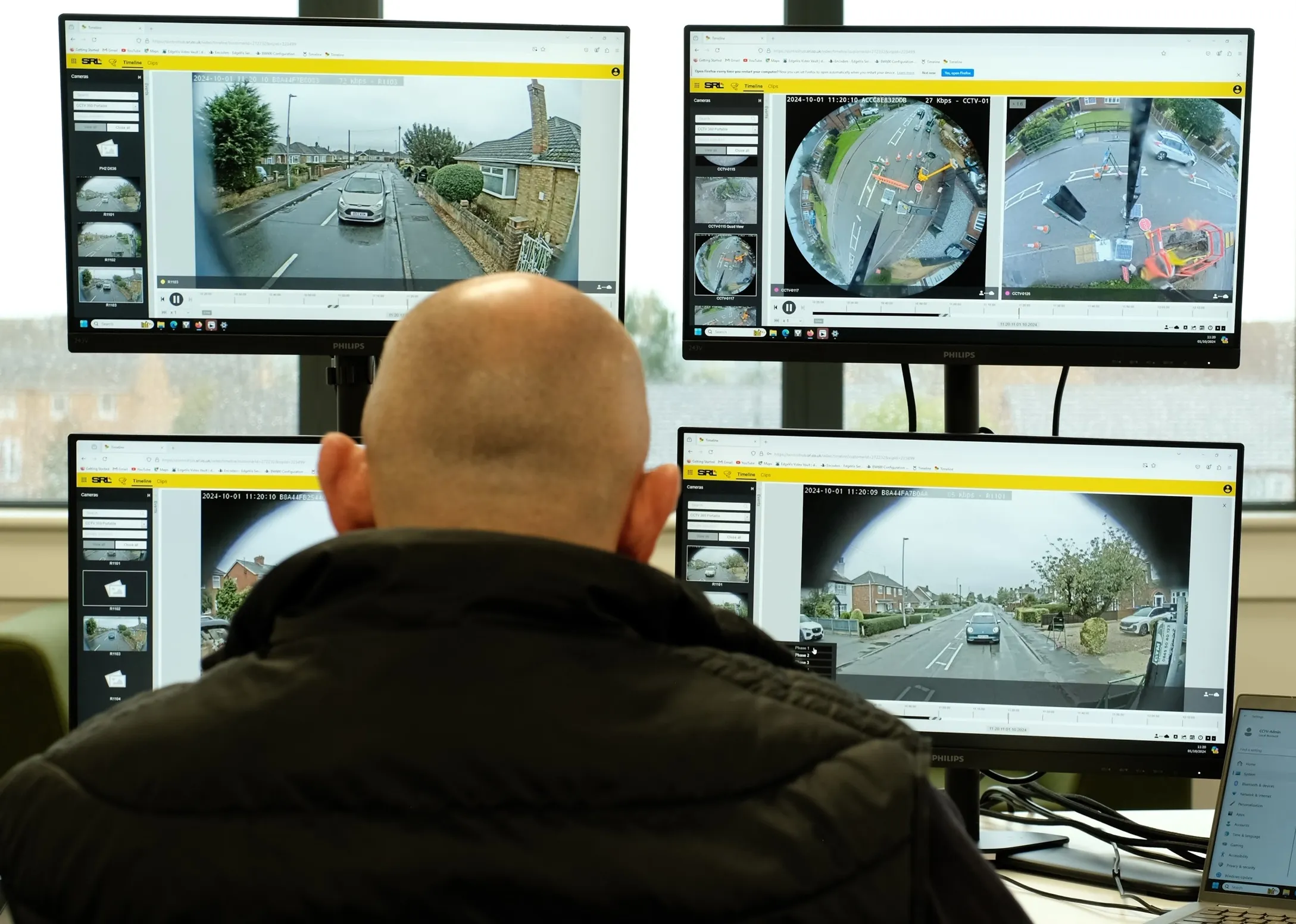In an effort to gather information on the number of walkers and cyclists using pedestrian routes in Angoed and Treforest in Wales, sustainable transport charity Sustrans has installed Eco-Multi counters from UK company Traffic Technology. The counters have been installed on national cycle networks routes in Angoed and Treforest, which provide mainly traffic-free routes, enabling cyclists, walkers and horse-riders to enjoy healthy, affordable and scenic travel to work, school or the shops, or for leisure. T
January 3, 2013
Read time: 2 mins
In an effort to gather information on the number of walkers and cyclists using pedestrian routes in Angoed and Treforest in Wales, sustainable transport charity Sustrans has installed Eco-Multi counters from UK company 561 Traffic Technology.
The counters have been installed on national cycle networks routes in Angoed and Treforest, which provide mainly traffic-free routes, enabling cyclists, walkers and horse-riders to enjoy healthy, affordable and scenic travel to work, school or the shops, or for leisure. The routes also feature Portrait Benches, part of a UK wide art initiative from Sustrans. The benches are appearing on routes across the UK and include three life-size images of local heroes which are placed next to a bench on the route.
The Eco-Multi consistently distinguishes between pedestrians and cycles on a single path and determines their direction; a ‘click and lock’ system enables several units to be combined to provide up to sixteen channels for multi-direction, multi-count sites for combined vehicle, cycle and pedestrian monitoring.
For the two Welsh Sustrans projects, the sensor has been mounted in a specially designed pole, while the counter is installed in an underground chamber, maintaining the beauty of the route.
Rachel Lister, project officer for Sustrans Wales commented, “This is the first time Sustrans has used the equipment in Wales and we are looking forward to trialling this system. The counters were installed in October and Sustrans is planning to download the data early in 2013.”
Says Richard Toomey, managing director of Traffic Technology Ltd, “The Eco-Multi is ideal for applications like this, where a larger, less discreet counter would spoil the aesthetics of the area.”
The counters have been installed on national cycle networks routes in Angoed and Treforest, which provide mainly traffic-free routes, enabling cyclists, walkers and horse-riders to enjoy healthy, affordable and scenic travel to work, school or the shops, or for leisure. The routes also feature Portrait Benches, part of a UK wide art initiative from Sustrans. The benches are appearing on routes across the UK and include three life-size images of local heroes which are placed next to a bench on the route.
The Eco-Multi consistently distinguishes between pedestrians and cycles on a single path and determines their direction; a ‘click and lock’ system enables several units to be combined to provide up to sixteen channels for multi-direction, multi-count sites for combined vehicle, cycle and pedestrian monitoring.
For the two Welsh Sustrans projects, the sensor has been mounted in a specially designed pole, while the counter is installed in an underground chamber, maintaining the beauty of the route.
Rachel Lister, project officer for Sustrans Wales commented, “This is the first time Sustrans has used the equipment in Wales and we are looking forward to trialling this system. The counters were installed in October and Sustrans is planning to download the data early in 2013.”
Says Richard Toomey, managing director of Traffic Technology Ltd, “The Eco-Multi is ideal for applications like this, where a larger, less discreet counter would spoil the aesthetics of the area.”









